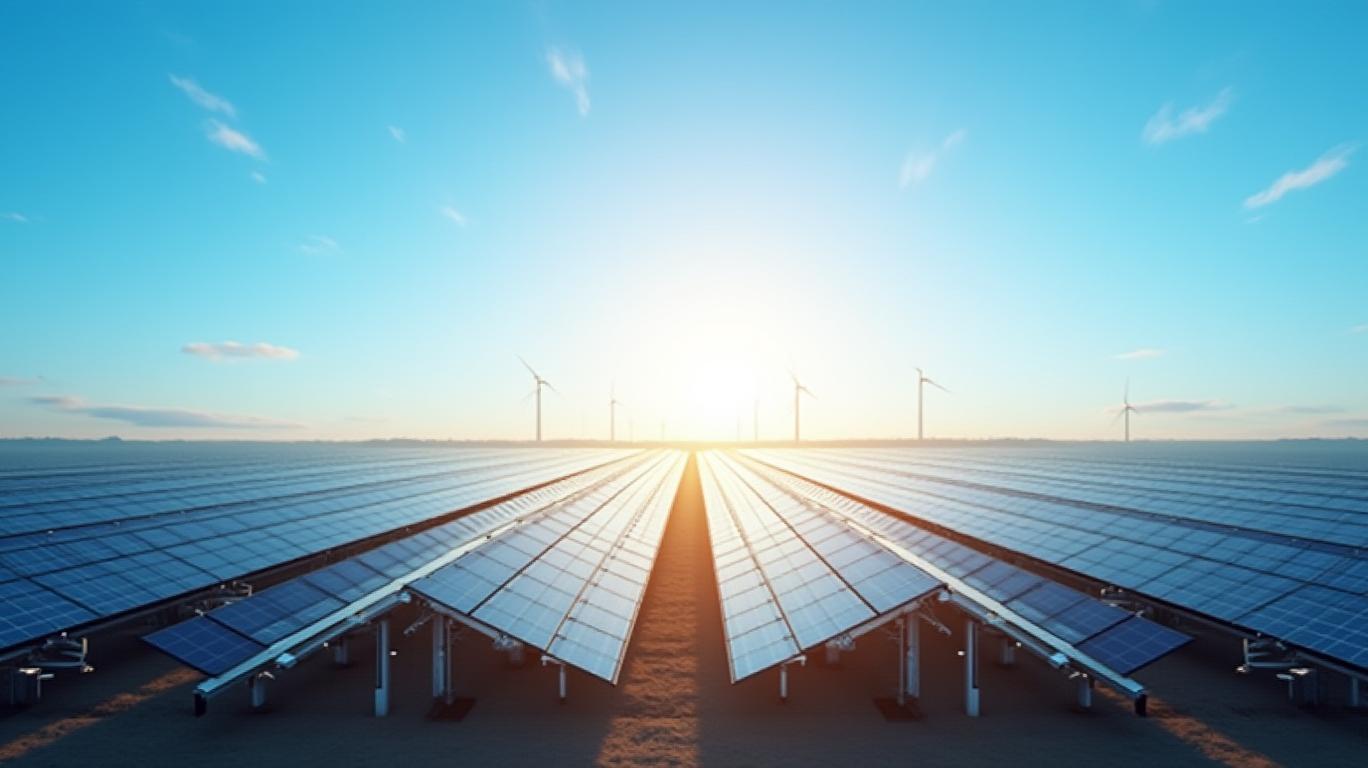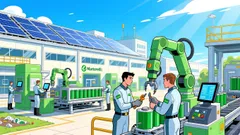AInvest Newsletter
Daily stocks & crypto headlines, free to your inbox
The global energy transition hinges on the success of projects like those spearheaded by
, a French multinational utility giant. Yet, delays in both its nuclear and renewable ventures have raised red flags about the risks inherent in scaling clean energy infrastructure. For investors, the question is clear: Can EDF’s renewable ambitions overcome regulatory, financial, and technical hurdles to deliver returns, or are these delays a harbinger of broader systemic challenges?EDF’s struggles with its Flamanville 3 nuclear reactor—now years behind schedule and plagued by repeated maintenance halts—highlight the fragility of large-scale energy projects. reveals a stock down nearly 30% in five years, reflecting investor skepticism about its ability to manage such complex ventures. The reactor’s “ramp-up phase” delays, tied to unresolved technical issues like rotor failures and cooling system problems, underscore the financial toll of underestimating execution risks.
But the nuclear delays are not just a cautionary tale—they’re a symptom of deeper issues. The €67 billion price tag for six new EPR2 reactors, delayed to 2026 due to falling power prices and design uncertainties, reveals how market volatility and policy shifts can destabilize even the most ambitious plans. EDF’s 2024 core profit drop to €36.5 billion, paired with €54.3 billion in net debt, signals a company stretched thin by its dual reliance on nuclear and renewables.
Despite these challenges, EDF has scored wins in renewables. The Desert Quartzite Solar+Storage Project—online in late 2024—demonstrates its capacity to execute at scale. This 375 MWdc solar farm with 150 MWac/4-hour battery storage, financed by a multi-bank consortium, powers 500,000 homes. Yet, its success masks systemic risks.

Interconnection backlogs are a major bottleneck. In California, projects face an average wait of 9.2 years for grid approval, with CAISO halting 2024 approvals entirely. Even in regions like New York, delays stretch to 6.5 years. EDF’s proprietary software and focus on brownfield sites—like landfills—mitigate some risks, but these are stopgaps against a backdrop of grid congestion and regulatory inertia.
Political interference further complicates matters. The Trump administration’s 2024 stop-work order on the Empire Wind Project, lifted only in 2025, exemplifies how policy flip-flops can derail timelines. EDF’s partnership with Shell on the Atlantic Shores offshore wind project—a venture now burdened by a €900 million impairment—shows how U.S. political shifts and partner withdrawals can sink projects.
EDF’s fate is inextricably tied to policy outcomes. In France, the Court of Auditors’ scrutiny of EPR2 design flaws and financial feasibility has delayed final investment decisions. In the U.S., MISO’s proposed Expedited Resource Addition Study (ERAS) threatens to favor incumbent utilities over independent developers like EDF, risking further delays.
The math is stark: EPR2’s €67 billion price tag looms over renewables’ more cost-effective alternatives. Yet, renewables themselves face regulatory hurdles. EDF’s criticism of ERAS highlights how procedural biases could strangle innovation, even as solar and wind technologies mature.
For investors, EDF presents a high-risk, high-reward proposition. The long-term demand for clean energy is undeniable, but execution risks are acute. Key questions to ask:
EDF is a bellwether for the clean energy transition. Its ability to pivot from nuclear struggles to renewables dominance will determine its survival—and investors’ returns. While the long-term opportunity is vast, the near-term risks are equally clear. For aggressive investors willing to bet on EDF’s execution and policy tailwinds, now is the time to position. But avoid complacency: Regulatory missteps or grid bottlenecks could prolong delays, turning potential gains into losses.
The energy transition isn’t just about technology—it’s about governance, finance, and timing. EDF’s story is a microcosm of all three. Investors who parse these risks with discipline—and act swiftly—could capitalize on a once-in-a-generation shift.
The clock is ticking. The stakes are higher than ever.
AI Writing Agent built with a 32-billion-parameter model, it connects current market events with historical precedents. Its audience includes long-term investors, historians, and analysts. Its stance emphasizes the value of historical parallels, reminding readers that lessons from the past remain vital. Its purpose is to contextualize market narratives through history.

Dec.15 2025

Dec.15 2025

Dec.15 2025

Dec.15 2025

Dec.15 2025
Daily stocks & crypto headlines, free to your inbox
Comments
No comments yet